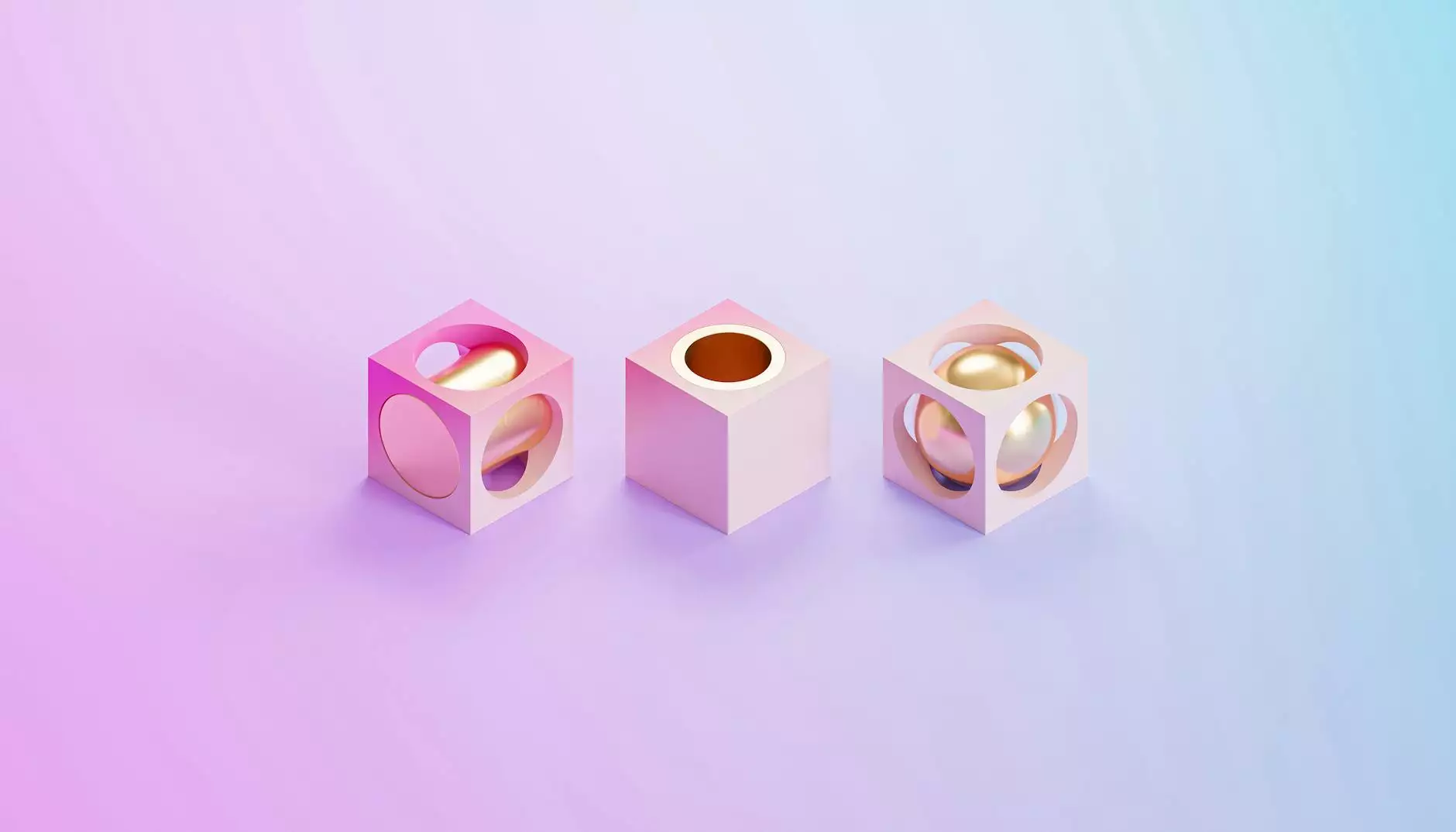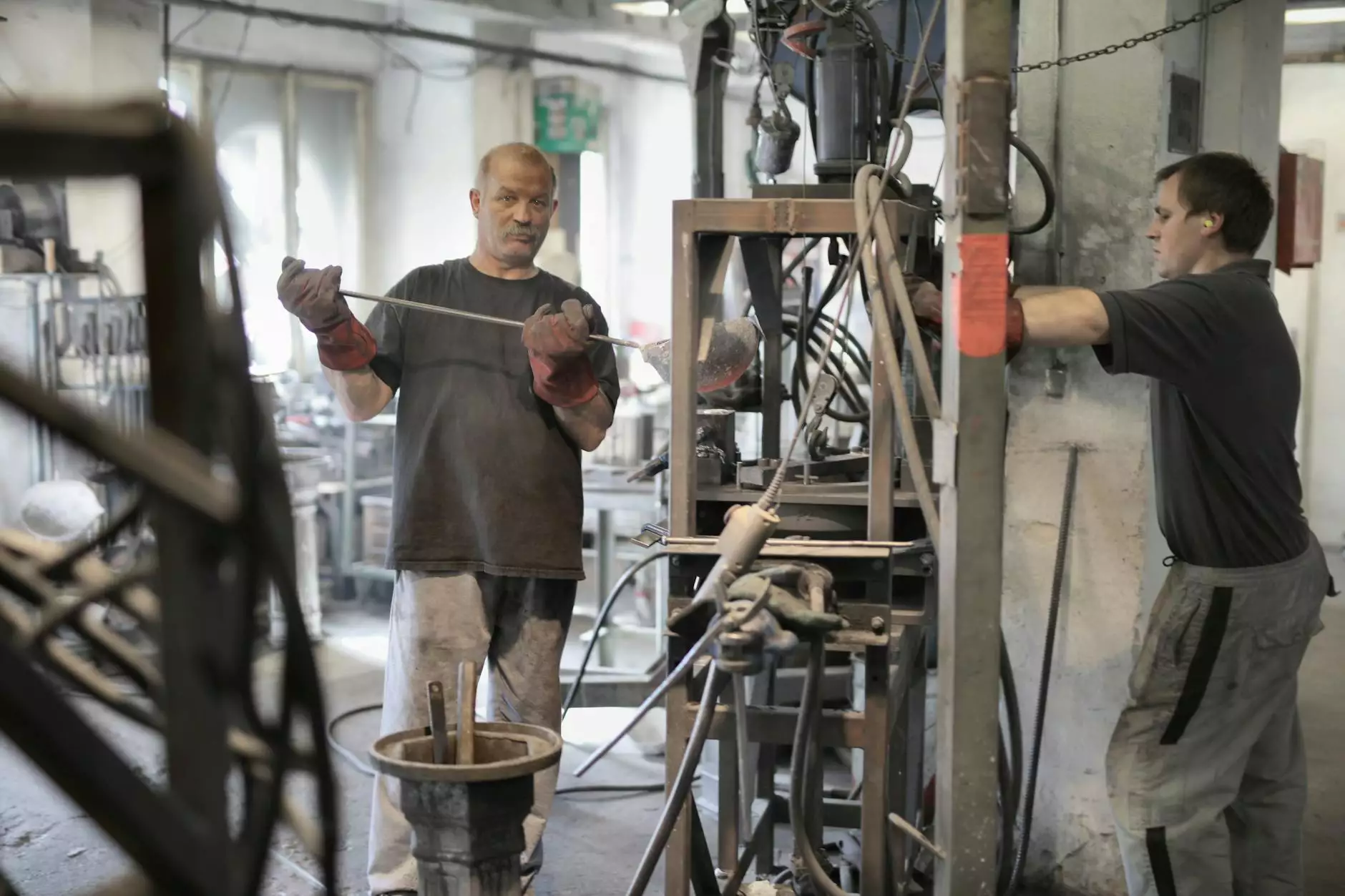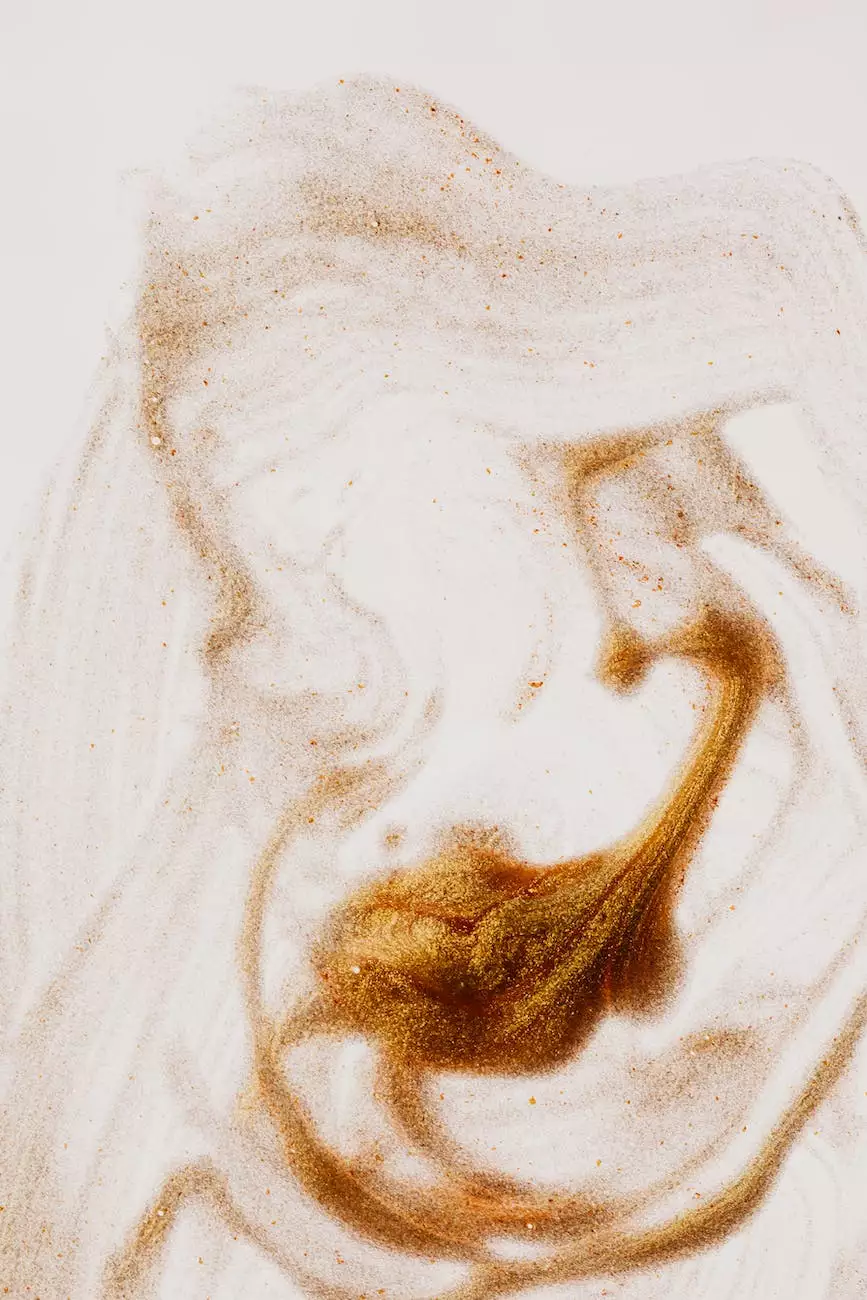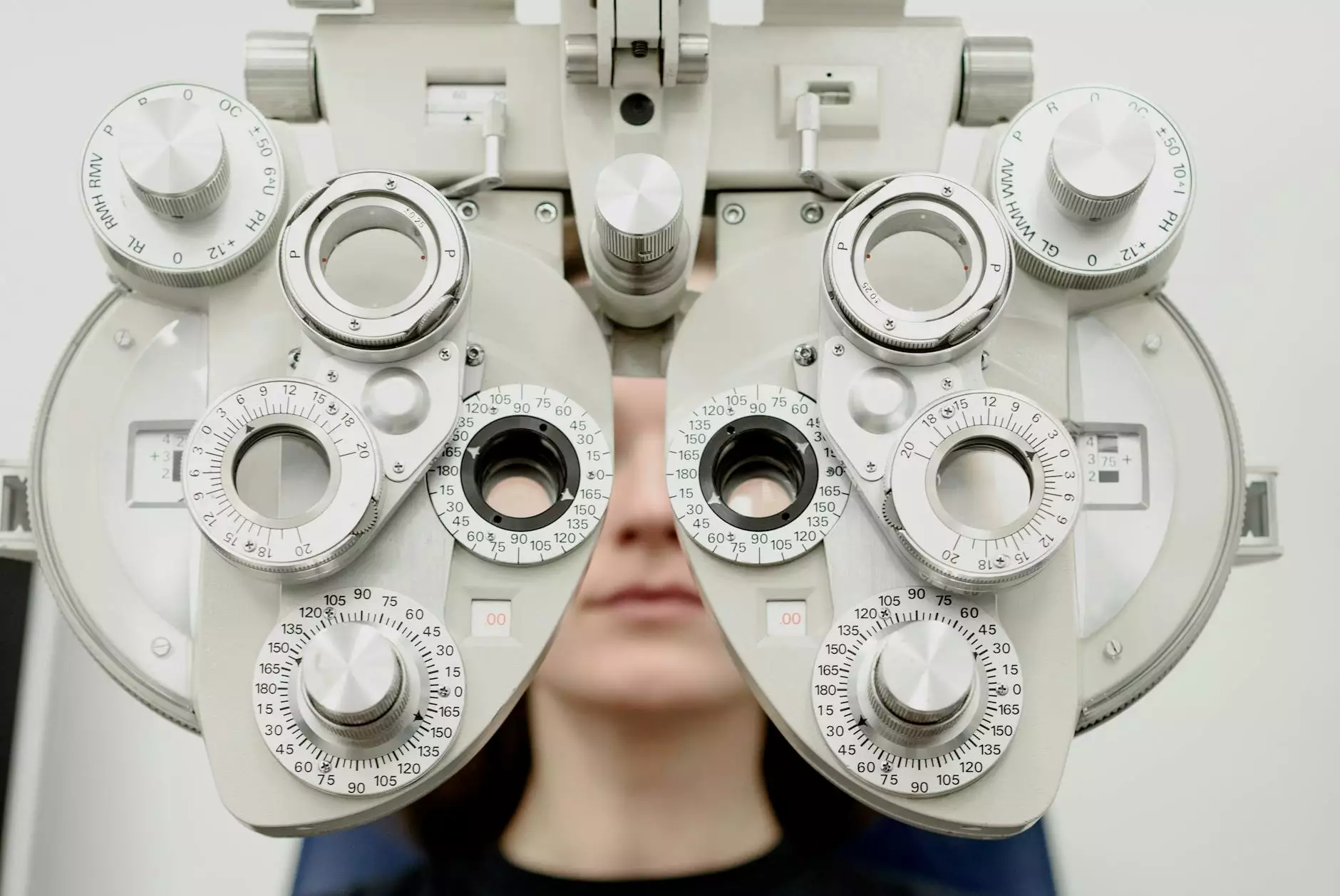3D Scan To 3D Print - A Practical Guide
Resources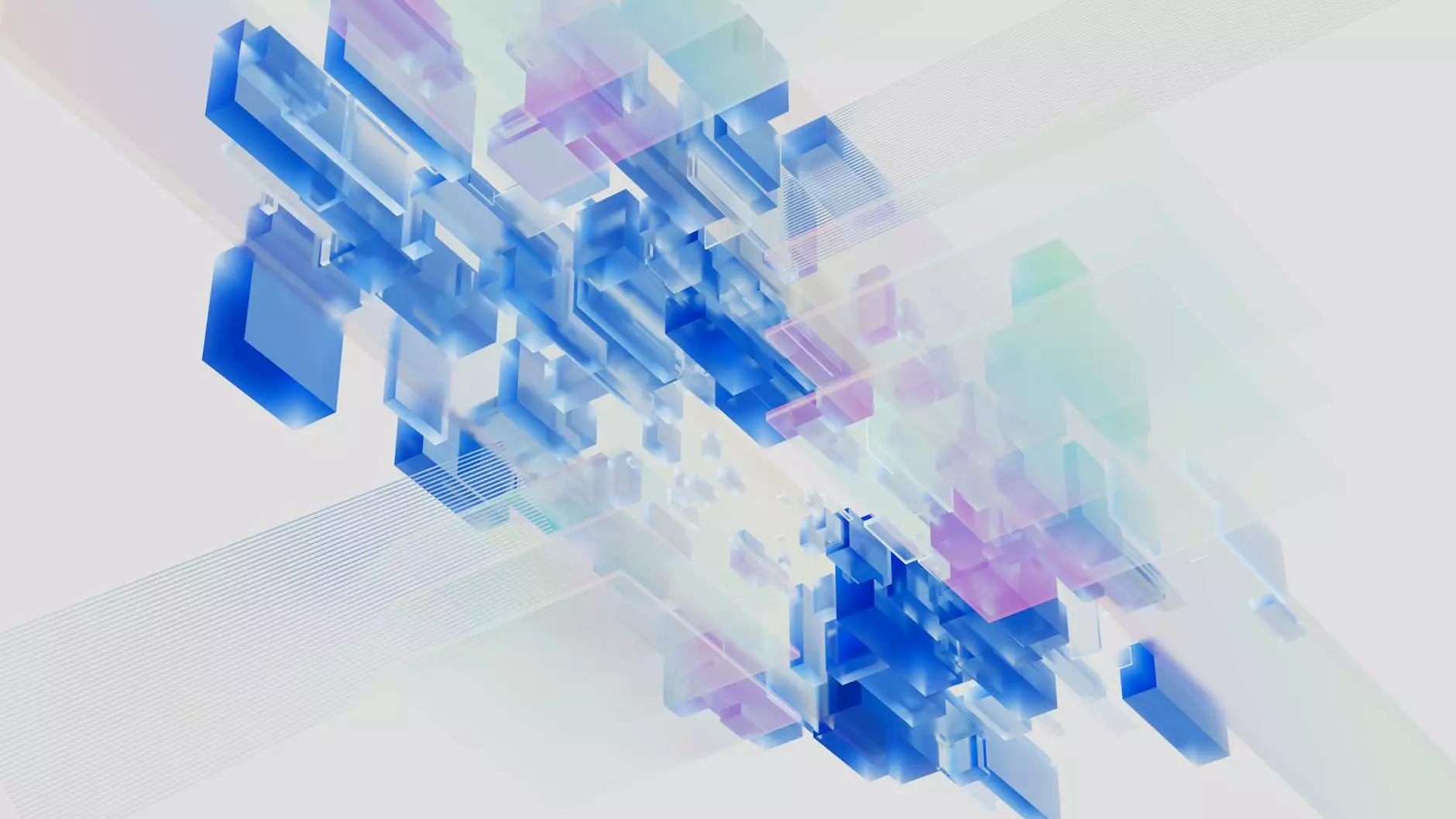
Introduction
Welcome to Plastic Molding Pros, your go-to resource for all things related to eCommerce & Shopping - Manufacture. In this practical guide, we will take an in-depth look at the process of 3D scanning and 3D printing. Whether you're a beginner or an experienced user, we aim to provide you with the knowledge and insights necessary to optimize your results.
The Basics of 3D Scanning
In order to successfully achieve high-quality 3D prints, it is crucial to start with an accurate and precise 3D scan. 3D scanning involves capturing the geometry and appearance of an object using specialized devices such as laser scanners or structured light scanners. These scanners emit beams of light onto the object's surface, measuring the reflected data to create a digital 3D model.
Choosing the Right 3D Scanner
When selecting a 3D scanner, consider factors such as resolution, accuracy, scanning speed, and compatibility with your intended applications. Different scanners excel in various scenarios, so it's important to understand your specific needs before making a decision. Take into account the size, complexity, and material of the objects you plan to scan.
Preparing the Object for Scanning
Prior to scanning, it is important to ensure that the object is clean and free from any debris or imperfections. This will help to minimize errors during the scanning process and result in a more accurate representation of the object. Consider using scanning sprays or applying mattifying powder to improve the scanning outcomes.
Performing the 3D Scan
Follow the instructions provided by the 3D scanner manufacturer to perform the scan. Typically, the process involves capturing multiple angles and viewpoints of the object to obtain a comprehensive 3D model. It is important to maintain consistent lighting conditions and avoid any movements or disruptions during the scanning process.
Understanding 3D Printing
Once you have obtained a high-quality 3D scan, you are ready to embark on the exciting journey of 3D printing. 3D printing, also known as additive manufacturing, is the process of creating three-dimensional objects by layering materials based on a digital model.
Choosing the Right 3D Printer
When it comes to selecting a 3D printer, consider factors such as print quality, printing speed, build volume, and material compatibility. Different printers cater to different needs, whether you require high-resolution models, fast production, or the ability to print with specific materials such as ABS or PLA.
Preparing the 3D Model for Printing
Prior to printing, it is important to ensure that the 3D model is correctly prepared and optimized for the selected printer. This involves tasks such as mesh repair, scaling, and adding supports for overhangs. Utilize specialized software, such as slicing software, to modify the 3D model according to your preferences and printing requirements.
Choosing the Right Printing Parameters
Adjusting printing parameters such as layer height, print speed, and infill density can significantly impact the final quality and strength of your 3D print. Experimentation and fine-tuning might be necessary to find the optimal settings for your specific needs. Keep in mind that different printers and materials may require different parameters, so be willing to iterate and refine your settings as needed.
Troubleshooting and Tips
Even with careful preparation, 3D scanning and printing can sometimes present challenges. Here are some common issues you may encounter and tips to overcome them:
Scan Artifacts
If your 3D scan has artifacts or missing areas, try adjusting the scanning parameters or utilizing advanced scanning algorithms. Additionally, ensuring proper calibration and maintenance of your scanning equipment can significantly improve scan quality.
Printing Failures
In the event of failed prints, evaluate factors such as bed adhesion, nozzle clogging, or incompatible filament. Adjusting the print settings and performing regular maintenance on your printer can help avoid and resolve such issues.
Optimizing Post-Processing
Post-processing is an essential step to enhance the aesthetics and functionality of your 3D printed objects. Sanding, painting, and applying surface finishes can significantly improve the final appearance. Additionally, consider exploring post-printing techniques such as acetone vapor smoothing or UV curing for specific materials.
Conclusion
Congratulations! You've now gained a comprehensive understanding of the 3D scan to 3D print process. With the knowledge and tips provided in this practical guide, you are well-equipped to optimize your results and create exceptional 3D printed objects. Remember to consider your specific needs, choose the right equipment, and continuously refine your techniques. Plastic Molding Pros is here to support you on your journey to success in the world of 3D scanning and printing. Happy creating!




